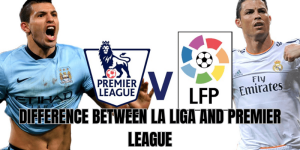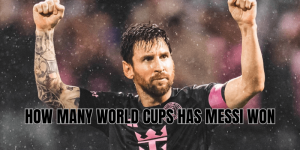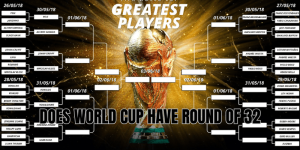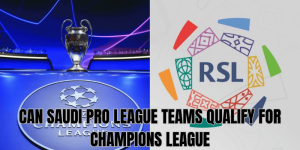In this article, AdiyaBall will take you through exactly what Asian teams are in the Club World Cup—namely the 2025 FIFA Club World Cup, which features an expanded format and more chances for clubs, you’ll know which clubs qualified, how they got there, and what to expect going forward.
Asia’s representation in the 2025 Club World Cup
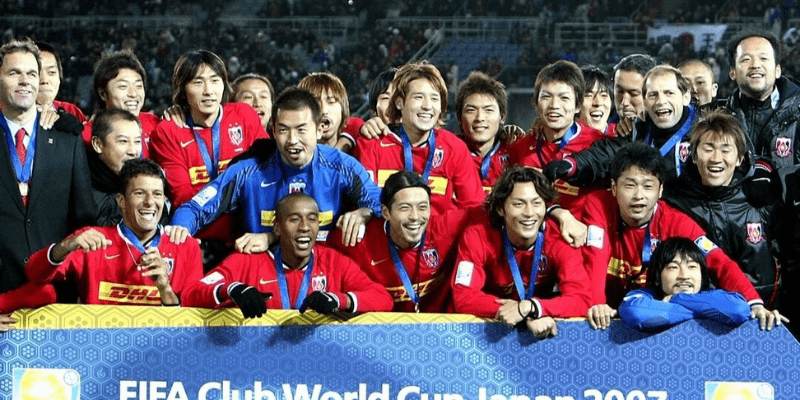
Asia has four teams in the 2025 FIFA Club World Cup. These are:
- Al-Hilal (Saudi Arabia)
- Urawa Red Diamonds (Japan)
- Al Ain (United Arab Emirates)
- Ulsan HD (South Korea)
These clubs represent the Asian Football Confederation (AFC) under the new, expanded 32-team format.
How they qualified
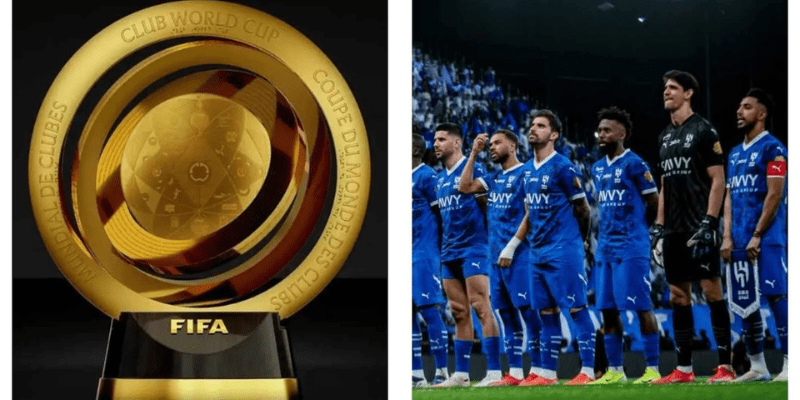
Understanding how Asia’s clubs earned their spots gives insight into which clubs are peaking and what the qualification criteria look like under the new format. Let’s break down each:
Champions League winners
Three of the four qualified by winning the AFC Champions League (or its rebranded version):
- Al-Hilal won the 2021 AFC Champions League.
- Urawa Red Diamonds claimed the 2022 AFC Champions League.
- Al Ain were the 2023-24 AFC Champions League winners.
Best-ranked club
- Ulsan HD did not win the AFC Champions League, but qualified based on the AFC four-year ranking system used to pick the top eligible club outside the direct winners.
Performance expectations & challenges
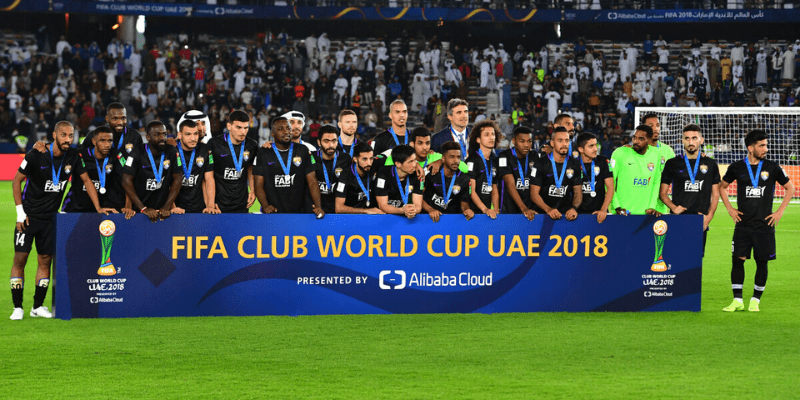
These clubs come in with different strengths, histories, and challenges:
- Al-Hilal enters with high expectations. The Saudi side has invested heavily and carries experience in Asian and international competition. They’re likely seen as Asia’s best hope.
- Urawa Red Diamonds have been consistent in recent years. Japan’s club system often puts Urawa in good shape for handling pressure and tough competition.
- Al Ain have continental pedigree, but recent form and group draws are likely to test them.
- Ulsan HD is the wildcard—they qualified through ranking, which implies strong performance over time but not always winning the top title. Their consistency is an advantage, though they may face tougher opponents in the group stages.
Why this matters: Changes with the expanded format
This is the first time the Club World Cup uses a 32-team format instead of the old “7-team” model. That means:
- More matches, more opportunities for clubs.
- Qualification isn’t just about winning continental tournaments; long-term ranking matters.
- The challenge for Asia is now higher visibility but also tougher competition. Clubs must be strong in squad depth, fitness, tactical flexibility.
History: Asian clubs in past editions
To give some context, Asia has had a respectable track record in previous editions of the Club World Cup (in the old format and mini-versions). Some of the consistently successful clubs from Asia include Al-Hilal, Urawa Red Diamonds, Ulsan Hyundai, Al Ain, among others. They’ve featured in finals (or near-finals), upset European/South American clubs, and pulled off dramatic performances.
Implications for Asian football
- These clubs’ performances will be under the spotlight: victories or strong showings by Al-Hilal, Urawa, Al Ain, or Ulsan will elevate perceptions of the AFC globally.
- Good results bring financial rewards, which can help invest back into youth, infrastructure, and improve domestic leagues.
- The ranking system pushes clubs to perform well consistently, not just in one season. That may shift strategies within the AFC champions league (resting players, rotation, etc.).
Conclusion
What Asian teams are in the Club World Cup? They are Al-Hilal, Urawa Red Diamonds, Al Ain, and Ulsan HD. These clubs earned their places either by winning the AFC Champions League or by being the best-ranked club in Asia over recent years.
AdiyaBall believes that with this new format, the opportunity is huge for Asian clubs to make statements, grow their global brand, and challenge the traditional powers. If you’re following the tournament, watch how these teams stack up in their groups, because what they do could shape the future of club football in Asia.
Call to action: Keep tuning in to AdiyaBall for match stats, lineups, post-match reactions, and analysis as the tournament unfolds. If you’re curious, I can also pull together predictions or group-by-group previews for Asia’s clubs ahead of the kick-off—would you like that?

